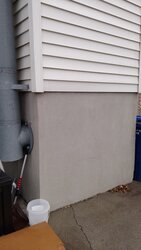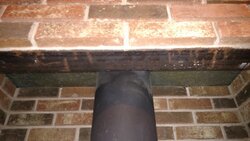It seems like half the threads in this forum are about installing stainless liners. Why is this and how do I know if I need one?
My house was built in 1987 and it has a rectangular chimney with what looks like a clay liner in it. The guy who inspected it when I bought the house said the chinned looked like it was hardly even used and looked great.
I have been burning every day in it and everything seems fine. Why would I need a liner And how would I know?
Thanks for the knowledge help.
My house was built in 1987 and it has a rectangular chimney with what looks like a clay liner in it. The guy who inspected it when I bought the house said the chinned looked like it was hardly even used and looked great.
I have been burning every day in it and everything seems fine. Why would I need a liner And how would I know?
Thanks for the knowledge help.




